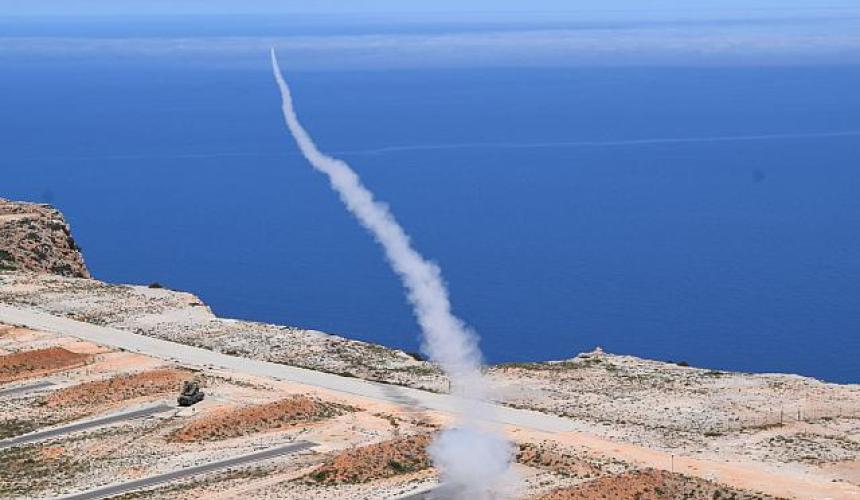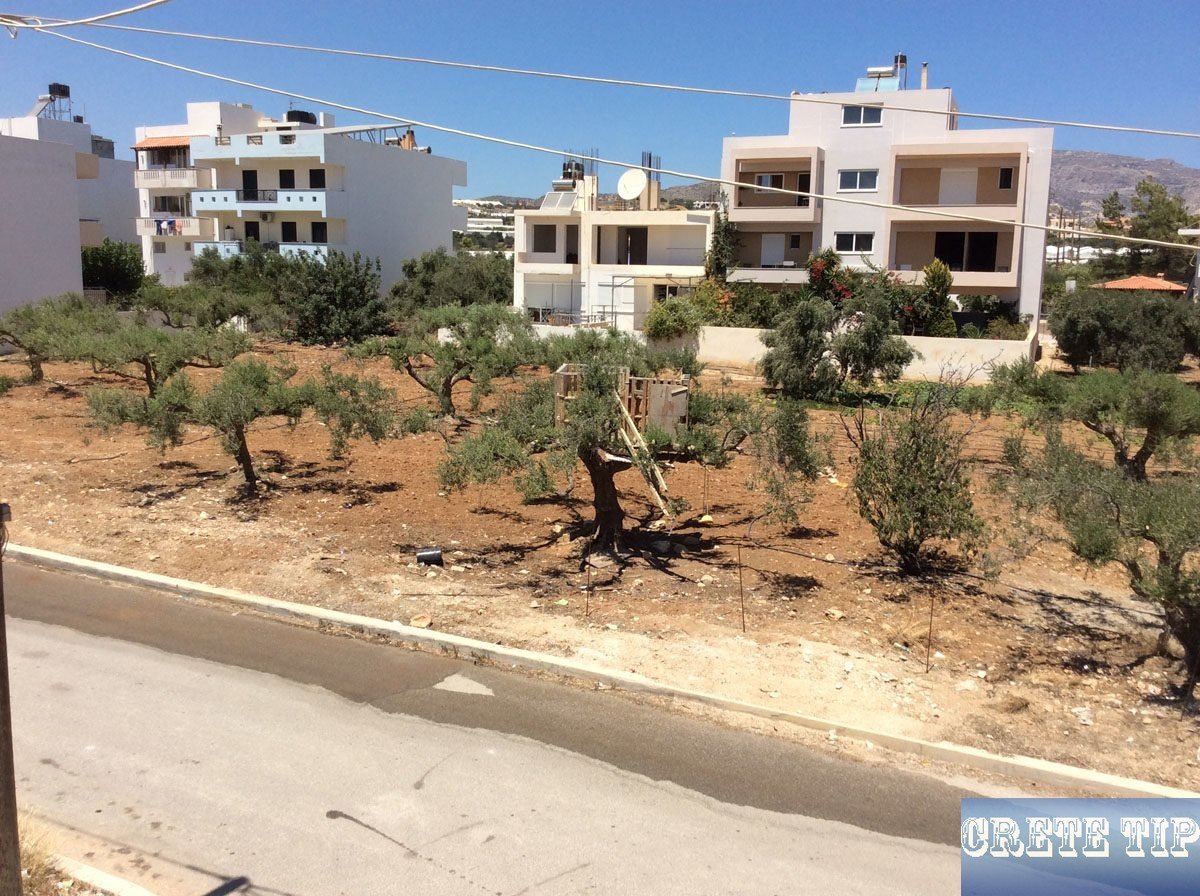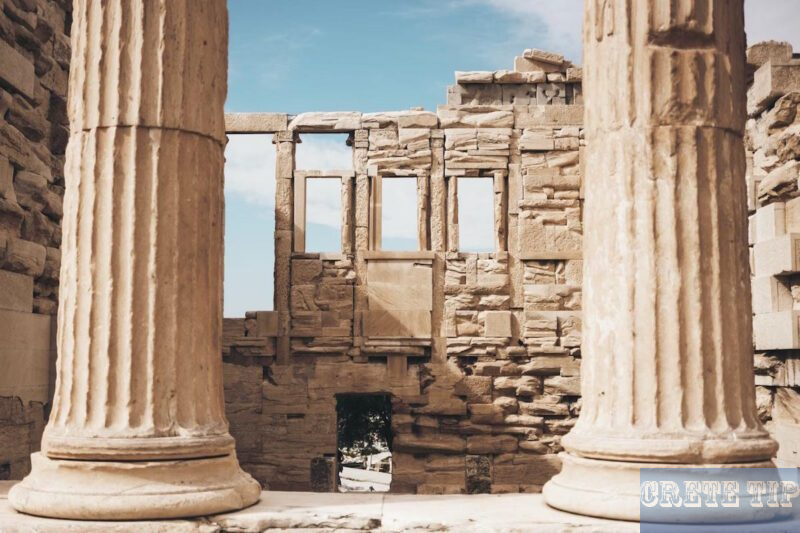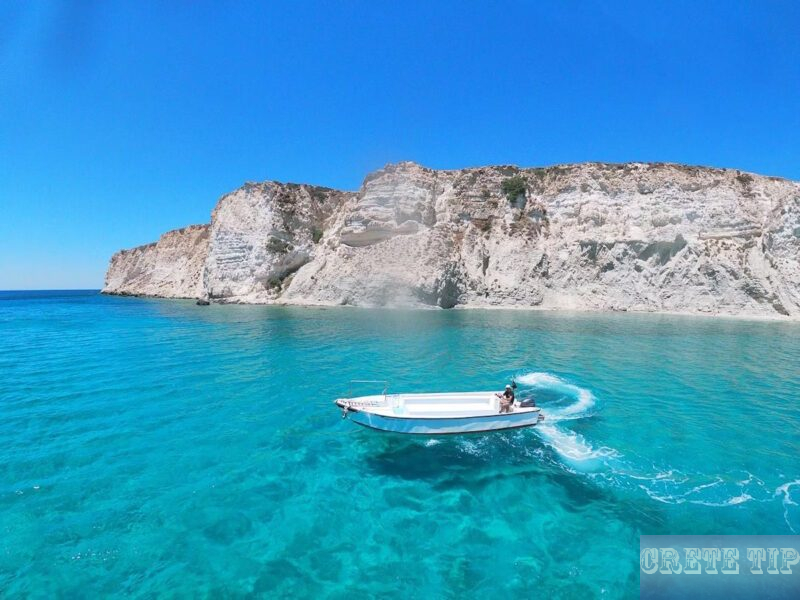Deployment of Patriot systems to protect the US base at Souda from missile attacks from Iran.
The transfer of Patriot missile systems to Souda Bay is a pretty big deal for the safety of American forces in the area. It’s a move clearly meant to boost the country’s missile defence, especially with tensions simmering lately.
An emergency meeting at the Ministry of Defence focused on the ballistic shield and safeguarding national territory. This deployment is part of a broader push to support the allied presence and keep things stable in the region.
The military situation in Crete has gotten a bit busier, with more American jets flying in. This uptick is a direct answer to the rising tensions in the Middle East—no one’s pretending otherwise.
US F-16s are currently parked at Souda Bay, getting ready for the Anatolian Eagle exercise in Turkey. That exercise could end up delayed or changed, depending on how things go.
Patriot missile systems, which are famous for their anti-ballistic protection, have been relocated to Souda to give American installations a stronger shield. For the Greek Armed Forces, these Patriots are the only anti-ballistic tool in the box right now.
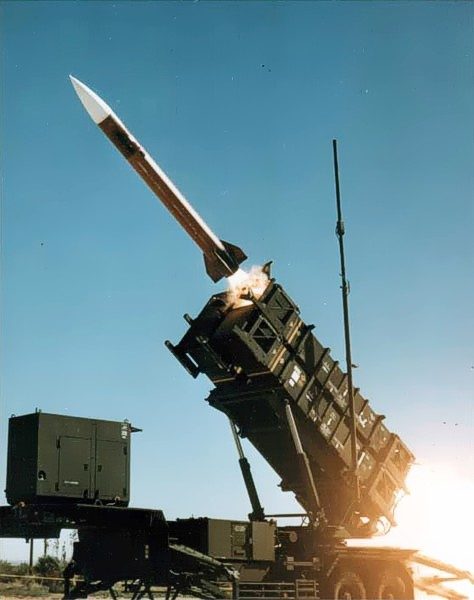
The older Russian S-300 systems are still around, but honestly, they’re not in the best operational shape. It’s not ideal, but that’s the reality.
Greek forces are staying on high alert. Another emergency meeting brought together both military and political leaders to check on defensive readiness.
Greece doesn’t see an immediate threat from Iran, but there’s a definite sense that everyone’s watching the horizon. Better to be ready than caught off guard, right?
Key Points |
Details |
|---|---|
Location of US Air Assets |
Souda Bay, Crete |
Patriot Systems Deployment |
Transferred to Souda for US base defence |
Participation in Exercises |
F-16s preparing for Anatolian Eagle in Turkey |
Current Threat Level |
No immediate danger from Iran; high readiness maintained |
Greek Air Defence Capability |
Limited to Patriot systems; S-300s less ready |
Greek defence leadership—think the Defence Minister and top generals—are working together to make the most of what’s available. The readiness level is definitely up, especially with more ballistic missile threats popping up thanks to Iranian activities.
Defensive assets in use:
- Patriot systems for anti-missile defence
- Fighter jets stationed strategically
- Coordination among all branches of the Armed Forces
This uptick in activity is just part of the bigger picture for security in the region. Crete’s value as a base for both American and Greek military operations isn’t lost on anyone.
The Patriots will come into play if Greek targets are ever actually threatened. No one’s hoping for that, but it’s good to have the option.
Cooperation between allied forces is front and center here. Greece’s main goal is to keep both its own and its partners’ assets safe.
The Air Force’s decision to deploy the Patriots is a big part of that strategy.
Important notes on military exercises and deployment:
- Anatolian Eagle exercise may be delayed or downsized
- US F-16s currently repositioning via Crete
- Continued vigilance in Greek military command
This shifting around of systems and aircraft isn’t exactly out of the ordinary—it’s just what you do when the security climate keeps changing. Still, it’s a pretty clear signal that defence is a top priority right now.
Officials are keeping a close eye on developments in the Middle East and are ready to react fast if things take a turn.
Benefit |
Explanation |
|---|---|
Enhanced defence coverage |
Strategic placement of Patriot systems improves protection |
Alliance cooperation |
Joint US-Greek operations strengthen mutual security |
Flexibility in crisis response |
Quick deployment options with aircraft and missiles |
Increased situational awareness |
High-level meetings ensure readiness and information flow |
Impressive images of military exercises in Crete
For five days, the Artillery Units of the Hellenic Army were busy with intense anti-aircraft missile firings at the Crete firing range in Souda, Chania. These drills involved the main anti-aircraft systems that are used to protect the Aegean islands.
From 19 to 23 May 2025, both personnel and equipment from various Artillery Units under the Supreme Military Command of Interior and Islands (ΑΣΔΕΝ) “AIGEAS” took part. They tested guided missile systems to see how well the troops are trained and how the equipment holds up in action.
Missile Systems Used
The firings included guided missiles launched from:
- OSA-AK launchers
- ASRAD HELLAS systems
- STINGER MANPADs
These systems are basically the backbone of current air defence capabilities on the islands.
Operational Leadership
Brigadier General Emmanouil Chatzis, Deputy Commander of ΑΣΔΕΝ, was on hand to keep an eye on things. He pointed out the high level of skill the personnel showed in both the technical and tactical sides of the drills.
Future Upgrades
Even though this exercise went well, all these systems are actually set to be replaced in the next few years. The “Achilles Shield” programme is coming, bringing a five-layer protection dome to beef up defence for both the islands and the mainland.
TOR-M1 System
Part of this upgrade plan is the TOR-M1 system, which is Russian-made and has been with the Hellenic Armed Forces since 2001. It’s a short-range, all-weather, tracked anti-aircraft system that both the Army and Air Force use.
Key features include:
Feature |
Description |
|---|---|
Mobility |
Self-propelled, tracked vehicle capable of moving across difficult terrain |
Integrated Systems |
Combines radar search, target tracking, fire control, and missile launcher in one unit |
Target types |
Designed to engage aircraft, helicopters, UAVs, anti-radar missiles (HARM), cruise missiles, and artillery shells |
The TOR-M1 is meant to provide both tactical and strategic targets with air defence against a wide range of aerial threats. It’s not perfect, but it covers a lot of ground.
Visual Documentation
There are videos and satellite images from these exercises out there, showing just how intense and precise the missile firings were. The footage really gives you a sense of what went down at the Crete firing range.
Summary of Key Exercise Data
Date Range |
19 to 23 May 2025 |
|---|---|
Location |
Crete Firing Range, Souda, Chania |
Responsible Unit |
Supreme Military Command of Interior and Islands (ΑΣΔΕΝ) “AIGEAS” |
Weapon Systems |
OSA-AK, ASRAD HELLAS, STINGER MANPAD |
Objectives |
Personnel assessment and weapon system testing |
Supervising Officer |
Brigadier General Emmanouil Chatzis |
Frequently Asked Questions
What functions does the Metafora system based in Souda serve?
The Metafora system acts as a communication and control hub. It supports secure data transfer and command operations for military units.
It also enables real-time monitoring and coordination between different branches of the armed forces. Simple, but pretty crucial stuff.
What kind of protection do the American facilities in Souda provide?
American facilities in Souda offer strategic defence capabilities like missile detection, early warning systems, and surveillance.
They also provide logistical support to deployed forces and help keep operational readiness high in the region.
How does the Metafora system integrate into NATO’s overall strategy?
The Metafora system helps NATO by improving how member forces work together. It supports joint missions through shared communication and data, making collective defence and response times better.
What technological advances does the Metafora system include for the armed forces?
It brings in advanced encryption, cyber-defence measures, and better radar tech. These upgrades mean stronger info security, sharper threat detection, and improved battlefield awareness for units out in the field.
To what extent does the Metafora system increase the safety of American troops abroad?
By making communications secure and reliable, it lowers the risk of intelligence leaks and helps coordination during operations.
This leads to faster decisions and better force protection overall. Not perfect, but it’s a big step up.
What role do Greek installations play in supporting US defence systems?
Greek bases like Souda serve as critical logistics and operations centres for US forces.
They enable rapid deployment and maintenance of defence systems. These bases also act as strategic points for regional military presence.


